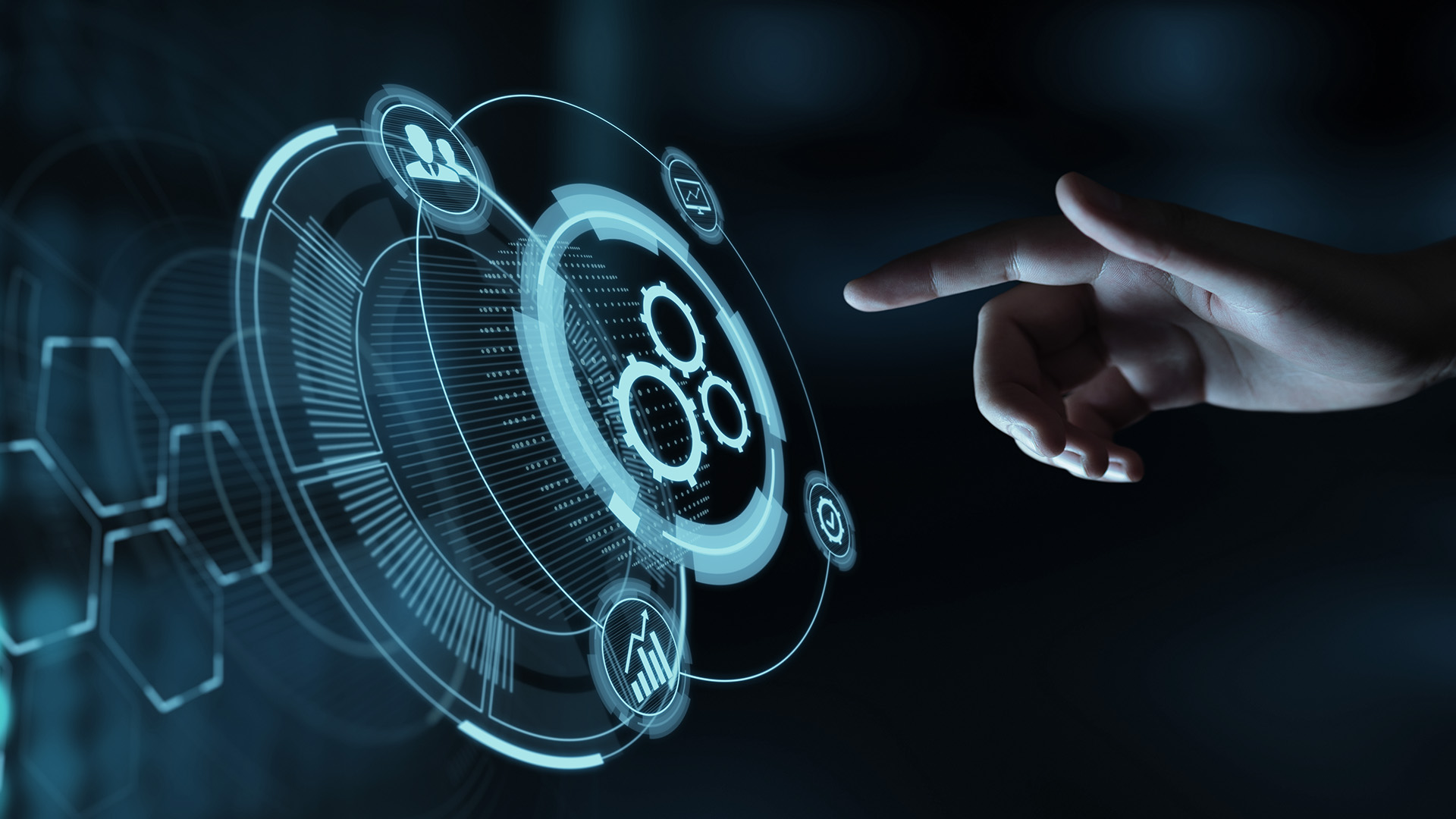John F. Kennedy said, ‘Change is the law of life. Those who look only to the past or present are certain to the miss the future’.
The Evolution of a Lawyer’s Mobile Phone


Carola Lindholm
On the other hand, unless you take a good look at the past, you are not likely to understand how you ended up in the present or where the future is likely to be heading. So from a lawyer’s perspective, and coming from a firm with a mission embracing change, what has really changed?
Late in 1997 when I graduated from law school at the University of Helsinki, I got my first mobile phone ever. It was a Nokia 6160. Back then mobile phones were just phones, and mine had no other connection to the law than that it was the perfect graduation gift.
Today our lives are in our mobile phones. Even current laws, relevant case law and articles are only a few clicks away.
Are Robots Taking over the Legal Profession?
What’s next then? Will all lawyers be replaced by artificial intelligence as some say?
In 2013, Frey & Osborne’s conducted a study on the future of employment asking how susceptible different jobs were to computerisation. The likeliness for attorneys was 3.5%, for judges 40.1 % and for legal assistants 94.5%.
But what do these numbers really tell us? They show where there is most room for additional efficiency—and, yes, artificial intelligence.
Research shows that 70% of those who seek or need legal advice don’t get it when they need it or, for example, can’t reasonably afford it. This is unheard of for the new generation of digital natives growing up.
Other surveys show that lawyers today still spend an average of over 30% of their time searching for data. This again is not acceptable in times of increased cost awareness and efficiency requirements.

Supercharging Legal Reseach
While many countries still have some legal restraints, such as bar rules, prohibiting legal advice given by non-lawyers, the trends discussed above are the key drivers behind the rise of new advanced tools in legal research, such as ROSS and KELSEN. These new tools find relevant answers to legal questions by combining big data and machine learning technologies and learn from user ratings to improve the accuracy of the search results with every search.
Another one, LEX MACHINA, mines litigation data, revealing insights and meaningful patterns in such data about judges, lawyers, parties and patents culled from millions of pages of IP litigation information. I am sure we will have an app for each of these on our mobile phones in no time.
New Tools for New Times
These developments are not limited to legal research, though. Contract drafting is also becoming more and more automated, enabling a much wider range of users to draft contracts themselves with the help of a smart interview conducted by automation software.
The efficiencies from automation accrue beyond the drafting stage and could reach throughout the life cycle of a contract. During the midstream of a contract’s life, its obligations can be performed or renegotiated.
Software can translate the legal form of a contract into human- and machine-readable (operationalisable) versions, thereby reducing the risk of an inadvertent breach or over-performance. Digitised contract documents can be efficiently stored and retrieved when changes in the legal or business environment call for adjustments or modification of the initial agreement.
Information can also be extracted from stored documents to reveal patterns and risks in a company’s contract portfolio. Finally, standard and effectively modularised contracts are, all else being equal, less likely to give rise to disputes or to costly and uncertain litigation. Indeed, in the foreseeable future, one might even imagine the drafting of contracts in machine-readable language that will enable some type of automated dispute resolution and enforcement.
Picture this: in-house lawyers will receive daily alerts on their mobile phones from a virtual service provider telling them which contracts are expiring or in need of renewal due to changes in their companies’ production. The claims will then be automatically filed for dispute resolution unless otherwise instructed or judgements forwarded for execution when lacking voluntary performance, and so on.
I can only begin to imagine what possibilities augmented reality, for example, could bring to the world of contracts.
Forging into the Future
Digitalisation is a means for renewal. At the moment, our firm is adopting automated contract drafting and document assembly solutions. This will make our drafting processes as lean as possible, adding a great dose of both quality and efficiency to it.
Automated document assembly limits the amount of manual work needed and the risk of drafting errors by transforming frequently used complex documents into intelligent templates. With a library of know-how and alternative clauses built into the templates, tailor-made documents can be drafted and negotiated much more quickly.
The possibilities for utilising document automation are numerous and only time will tell which paths it will take. If you want to learn more, please feel free to give me a call. After all, my mobile phone still works as a phone as well.















